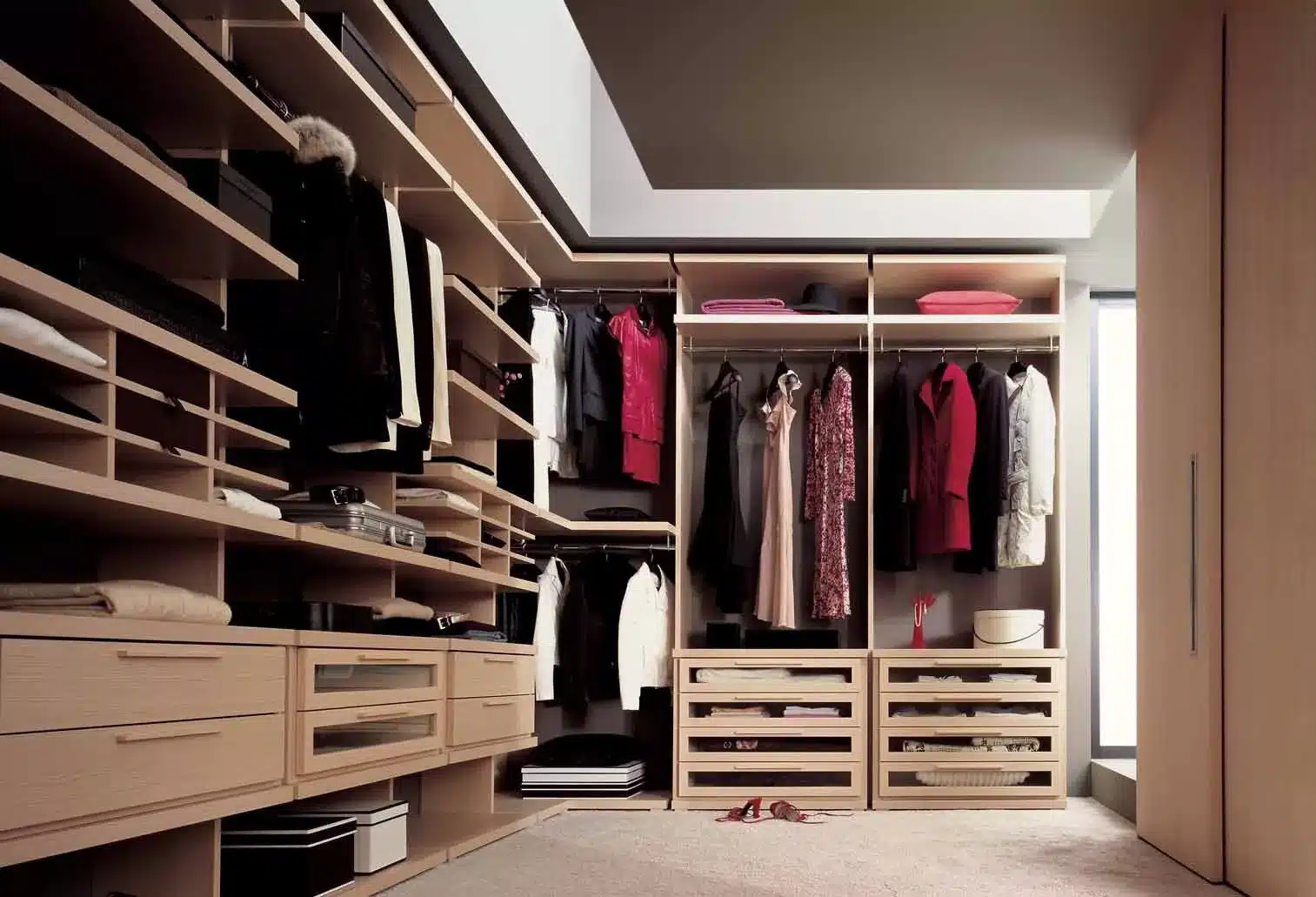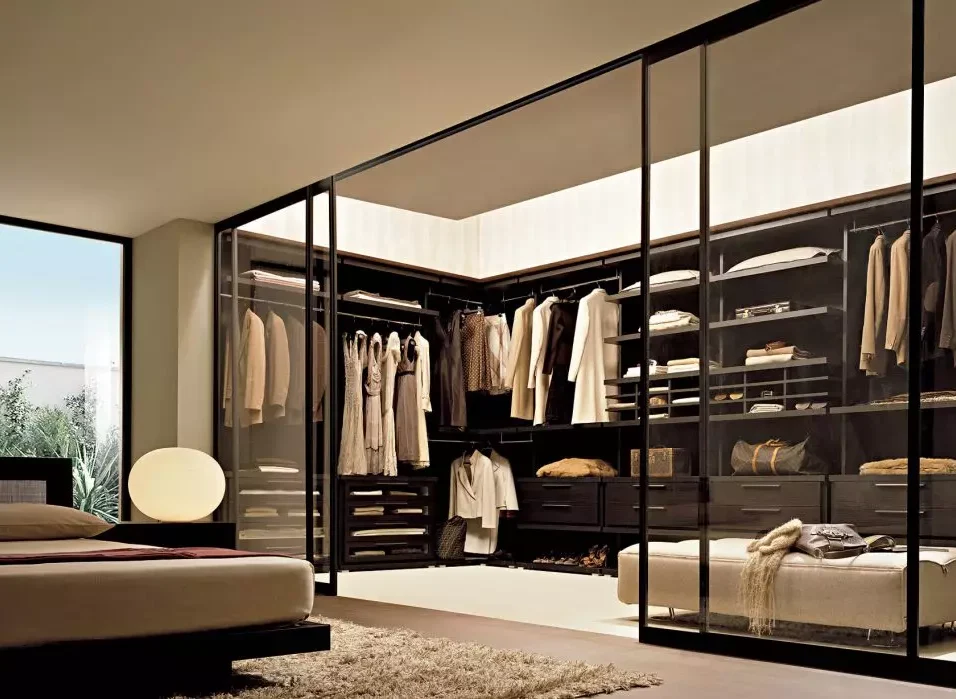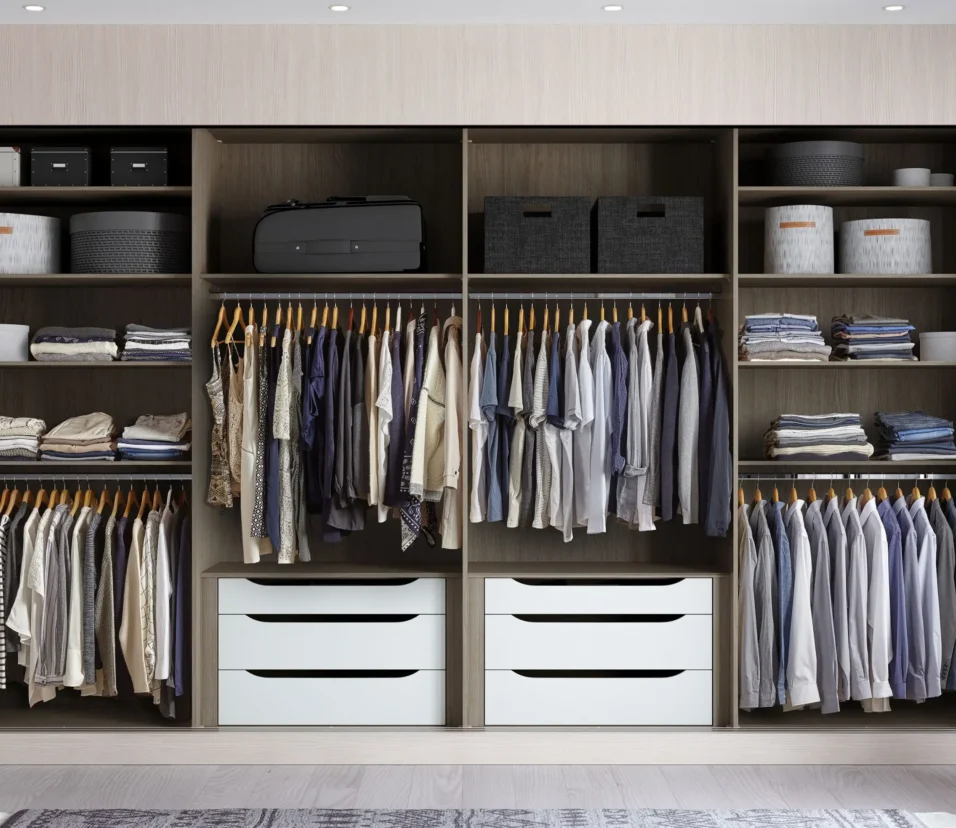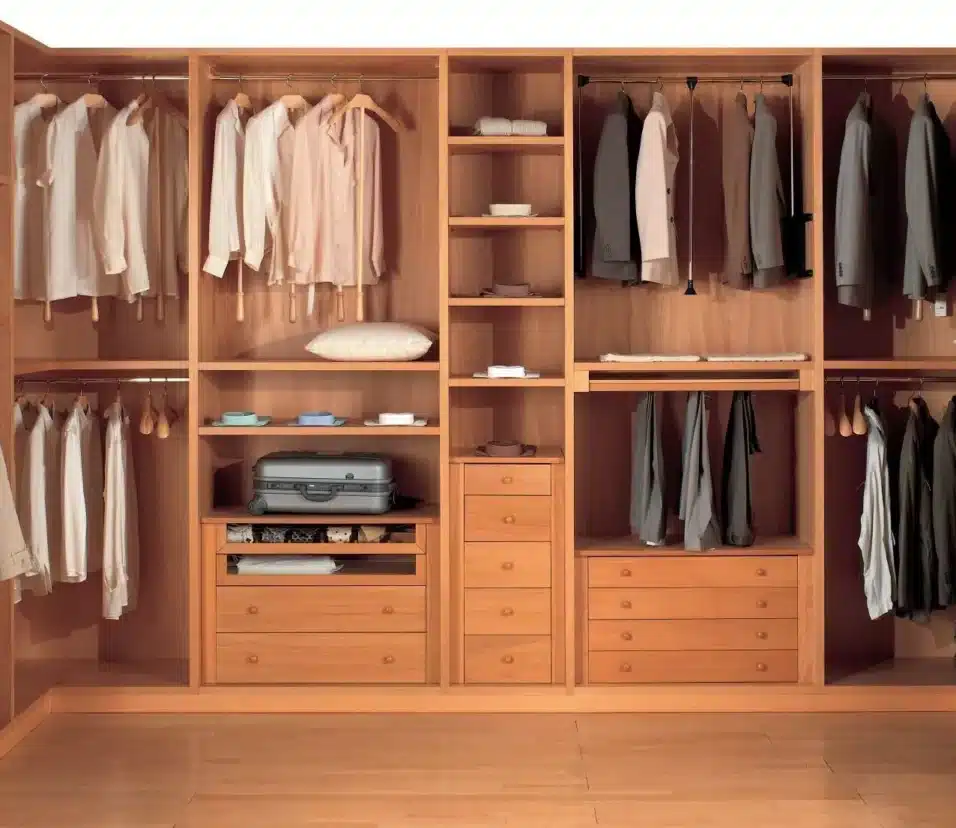What Is The Difference Between An Armoire And A Wardrobe
Introduction
What Is The Difference Between An Armoire And A Wardrobe: An armoire and a wardrobe are both types of furniture used for storing clothes and other personal items. While they serve a similar purpose, there are some key differences between the two.
An armoire is a tall, freestanding cabinet with doors that open to reveal a hanging space for clothes. It typically has a rod for hanging garments, as well as shelves or drawers for additional storage. Armoires are often made of wood and can be quite ornate in design, with intricate carvings or decorative accents. They are commonly used in bedrooms or dressing rooms to store clothing and accessories.
A wardrobe, on the other hand, is a larger piece of furniture that typically includes both hanging space and drawers or shelves for storage. It is usually built into the wall or designed as a built-in unit, although there are also freestanding wardrobes available. Wardrobes Box are often found in bedrooms and are used to store a larger quantity of clothing and other items. They can be made of various materials, including wood, metal, or even plastic.
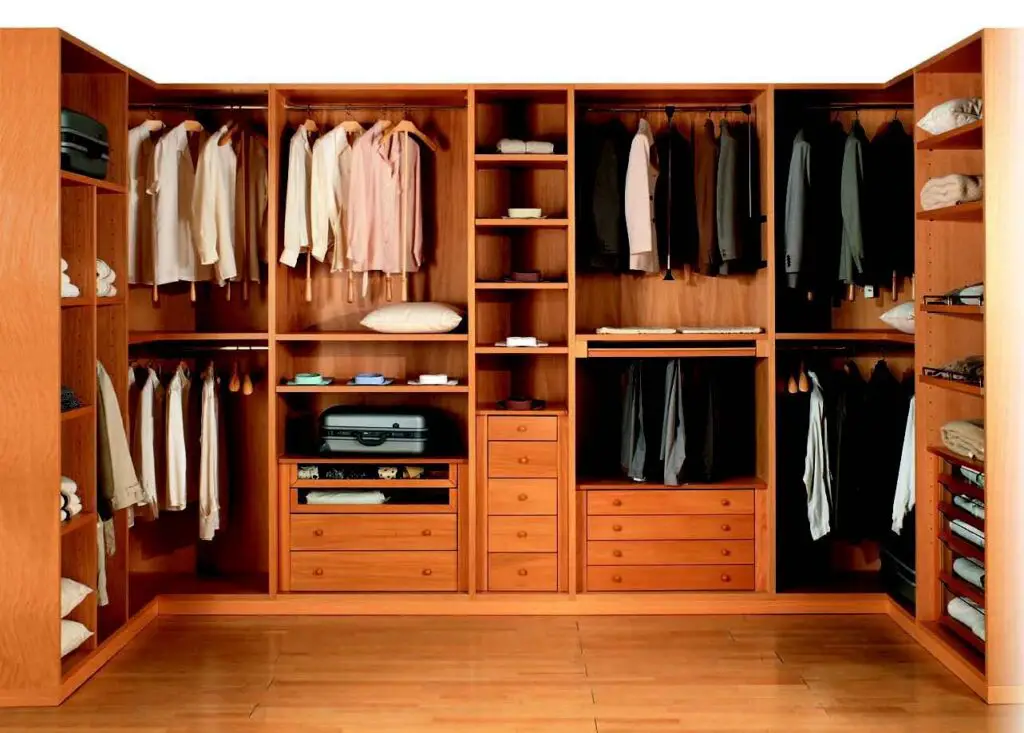
What is a armoire used for?
This pretty piece of furniture is essentially a large cupboard that is most often used for keeping clothes organized and out of the way, much like a movable closet. The average armoire has a little bit of everything when it comes to storage options, from lots of hanging space to shelves and drawers.
An armoire is a type of furniture that is typically used for storage purposes. It is a large, freestanding cabinet that usually has doors and shelves or drawers inside. Armoires have been used for centuries and can be found in various styles and designs.
One of the main uses of an armoire is to store clothing. In the past, armoires were commonly used to store and organize clothes, especially in bedrooms that did not have built-in closets. The armoire would typically have a hanging rod for clothes that need to be hung, as well as shelves or drawers for folded items.
Armoires: Versatile Storage Solutions Beyond Clothing
Another common use for an armoire is to store linens and bedding. Armoires often have spacious shelves or drawers that are perfect for storing extra sheets, blankets, and towels. This can be especially useful in homes that have limited storage space or for those who like to keep their linens organized and easily accessible.
In addition to clothing and linens, armoires can also be used to store other items such as electronics, books, or even dishes and glassware. Some armoires are designed specifically for these purposes, with compartments or shelves that are tailored to fit certain items. This versatility makes armoires a popular choice for those who need extra storage space in their homes.
What is the difference between a wardrobe and a chifferobe?
A wardrobe and a chifferobe are both types of furniture used for storing clothes and other personal items. While they serve a similar purpose, there are some key differences between the two.
A wardrobe is a freestanding piece of furniture that typically consists of a large cabinet with doors and drawers. It is designed to store clothing and accessories, such as shoes, hats, and belts. Wardrobes are often found in bedrooms and are used to keep clothes organized and easily accessible. They come in various sizes and styles, ranging from simple and modern designs to more ornate and traditional ones.
Chifferobe vs. Wardrobe: Navigating Differences in Storage and Style
A chifferobe, on the other hand, is a combination of a wardrobe and a chest of drawers. It usually features a tall cabinet with doors for hanging clothes, as well as several drawers for folded items. Chifferobes are often larger and more spacious than wardrobes, offering additional storage options. They are commonly found in bedrooms or dressing rooms and are particularly useful for individuals who have a large collection of clothing or need extra storage space.
One of the main differences between a wardrobe and a chifferobe is the amount of storage space they provide. While both furniture pieces are designed for storing clothes, a chifferobe typically offers more storage options with its combination of hanging space and drawers. This makes it a popular choice for individuals with a larger wardrobe or those who need additional storage for other personal items.
Is Almirah and wardrobe same?
The difference between an almirah and a wardrobe is that an almirah is a type of wardrobe that originated in India. Typically made of wood and used to hold clothes and shoes, it can also be employed in a kitchen for storing small appliances and miscellaneous items or in an office for books and files.
Almirah and wardrobe are two terms that are often used interchangeably to refer to a piece of furniture used for storing clothes and other personal belongings. While they serve the same purpose, there are some subtle differences between the two.
An almirah is a term commonly used in South Asia, particularly in India and Pakistan, to describe a large, freestanding cupboard with shelves and drawers. It is typically made of wood and is used for storing clothes, linens, and other household items. Almirahs often have a traditional design with intricate carvings and decorative elements.
Almirah vs. Wardrobe: Cultural Nuances in Furniture Terminology
A wardrobe, on the other hand, is a more generic term used in Western countries to describe a piece of furniture used for storing clothes. It can refer to a freestanding cupboard similar to an almirah or a built-in closet with sliding or hinged doors. Wardrobes are available in a variety of styles and materials, ranging from simple and modern designs to more ornate and traditional ones.
While the terms almirah and wardrobe are often used interchangeably, there are some regional and cultural differences in their usage. In South Asia, the term almirah is more commonly used, while in Western countries, wardrobe is the preferred term. However, the basic function of both furniture pieces remains the same – to provide storage space for clothes and personal belongings.
While there may be some subtle differences in design and terminology, almirahs and wardrobes serve the same purpose of providing storage space for clothes and personal belongings. The choice between the two ultimately depends on personal preference, cultural background, and regional norms.
What is the old name for an armoire?
The Armoire Through History
14th-century England used the term Ambry for a storeroom, cupboard, or pantry. When France took the word back 150 years later, armoire became the word we know today. The shift from weapons to clothing storage was gradual and took place over centuries.
An armoire is a type of furniture that is used for storing clothes, linens, and other household items. It is typically a large, freestanding cabinet with doors that open to reveal shelves, drawers, and hanging space. Armoires have been used for centuries and have evolved over time, but they were not always called armoires.
The old name for an armoire is “”wardrobe.”” The term “”wardrobe”” comes from the Old French word “”garderobe,”” which means a place for keeping garments. In medieval times, a wardrobe was a small room or closet where clothes and personal belongings were stored. It was often located near the bedchamber of a noble or wealthy individual.
The Armoire Through History
Over time, the term “”wardrobe”” came to refer to the actual piece of furniture used for storing clothes. These early wardrobes were typically made of wood and featured doors that could be closed to keep the contents hidden. They often had a combination of shelves, drawers, and hanging space, similar to modern armoires.
As the design of wardrobes evolved, the term “”armoire”” came into use. The word “”armoire”” is derived from the Latin word “”armarium,”” which means a chest or cupboard for storing armor. This reflects the fact that early armoires were often used to store armor and weapons, as well as clothing.
What is a wardrobe vs a closet?
A closet is typically used for storing clothes and other items that are not used on a daily basis. A wardrobe, on the other hand, is typically used for storing items that you use on a daily basis, such as your clothing, shoes, and other accessories.
A wardrobe and a closet are both storage spaces used for keeping clothes and other personal belongings. While they serve the same purpose, there are some differences between the two.
A wardrobe is a freestanding piece of furniture that typically consists of a hanging space for clothes, shelves for folded items, and drawers for smaller items such as socks and underwear. It is usually larger and more spacious than a closet, offering more storage options. Wardrobes often come with doors to keep the contents hidden and protected from dust and other elements. They can be made of various materials such as wood, metal, or plastic, and can be customized to fit the individual’s needs and preferences.
A closet, on the other hand, is a built-in storage space that is usually found in bedrooms or hallways. It is typically smaller than a wardrobe and is often designed to fit into the wall, maximizing the use of space. Closets usually have a hanging rod for clothes and may have some shelves or drawers for additional storage. Unlike wardrobes, closets do not have doors, which means that the contents are visible and easily accessible. However, this lack of doors can also result in a less organized and cluttered appearance.
Wardrobes vs. Closets vs. Armoires: Navigating Storage Solutions
While both wardrobes and closets serve the purpose of storing clothes, they have different advantages and disadvantages. Wardrobes offer more storage options and can be moved around if needed. They also provide a more organized and visually appealing look as the contents are hidden behind doors. On the other hand, closets are more space-efficient and can be built into the existing structure of the room. They are also more accessible as there are no doors to open and close.
The main difference between a wardrobe and a closet lies in their size, design, and storage options. Wardrobes are larger, freestanding furniture pieces with doors, while closets are built-in storage spaces without doors.
An armoire and a wardrobe are both types of furniture used for storage, particularly for clothing. However, there are some distinguishing features that set them apart.
An armoire is typically a large, freestanding piece of furniture that often has two doors and may include drawers or shelves inside. It is usually taller and more ornate in design compared to a wardrobe. Armoires are often made of wood and can have intricate carvings or decorative details.
On the other hand, a wardrobe is usually a simpler and more functional piece of furniture. It is typically a tall, rectangular cabinet with one or two doors and a hanging rod inside for clothes. Wardrobes are often made of wood or metal and have a more minimalist design.
How do the functions of an armoire and a wardrobe differ?
The functions of an armoire and a wardrobe differ primarily in terms of storage options and versatility. An armoire offers more storage options as it often includes drawers, shelves, and hanging space. This makes it suitable for storing not only clothing but also other items such as linens, accessories, or even electronics.
On the other hand, a wardrobe is primarily designed for hanging clothes. It usually has a hanging rod inside and may have a few shelves or drawers for additional storage. Wardrobes are more focused on providing a dedicated space for organizing and storing clothing items.
How do the functions of an armoire and a wardrobe differ?
A wardrobe, on the other hand, is primarily designed for hanging clothes. It usually consists of a large, open space with a hanging rod or multiple rods for garments. Some wardrobes may also have a few shelves or drawers for additional storage, but the main focus is on providing ample space for hanging clothes. Wardrobes are commonly found in bedrooms and dressing rooms, where they serve as a dedicated storage solution for clothing.
Are there any specific design elements that set an armoire apart from a wardrobe?
An armoire and a wardrobe are both types of furniture used for storage, but they have distinct design elements that set them apart. One of the main differences is the presence of doors. An armoire typically has large, hinged doors that open to reveal a spacious interior. These doors often feature decorative elements such as carved panels or glass inserts. On the other hand, a wardrobe usually has smaller, sliding doors or no doors at all, allowing for easy access to the contents inside.
Additionally, the overall shape and size of an armoire can differ from that of a wardrobe. Armoires tend to be taller and more ornate, with intricate detailing and a grand appearance. They are often used as statement pieces in a room, adding a touch of elegance and sophistication. On the other hand, wardrobes are usually more streamlined and functional, designed to blend seamlessly into the overall decor.
In terms of storage capacity, which one offers more space – an armoire or a wardrobe?
When it comes to storage capacity, both an armoire and a wardrobe offer ample space to store your belongings. However, the amount of space they provide can vary depending on their design and size.
An armoire typically offers more storage space compared to a wardrobe. This is because an armoire is usually taller and wider, allowing for more shelves, drawers, and hanging space. With its multiple compartments and sections, an armoire provides a versatile storage solution for various items such as clothing, accessories, linens, and even electronics.
On the other hand, a wardrobe may have a slightly smaller storage capacity compared to an armoire. Wardrobes are often designed with a focus on hanging space, featuring a larger area for hanging clothes and fewer shelves or drawers. However, this doesn’t mean that a wardrobe lacks storage options. Many wardrobes come with adjustable shelves and drawers, providing flexibility to accommodate different storage needs.
Can you provide examples of situations where it would be more appropriate to use an armoire instead of a wardrobe, or vice versa?
When deciding between an armoire and a wardrobe, it is important to consider the specific needs and preferences of the individual or household. While both pieces of furniture offer storage solutions, there are certain situations where one may be more suitable than the other.
An armoire is typically a larger and more ornate piece of furniture, often featuring intricate carvings and decorative details. It is commonly used in bedrooms or living rooms to store clothing, linens, or other personal items. The distinguishing feature of an armoire is its ability to conceal its contents behind closed doors, providing a more organized and visually appealing storage solution. This makes it a great choice for those who prefer a clutter-free and elegant living space.
A wardrobe, on the other hand, is a more functional and versatile storage option. It usually consists of a hanging rod, shelves, and drawers, allowing for easy access and organization of clothing and accessories. Wardrobes are commonly found in bedrooms and dressing rooms, providing a convenient and efficient way to store and display clothing. They are particularly suitable for individuals with a large wardrobe or those who prefer to have their clothing easily accessible and visible.
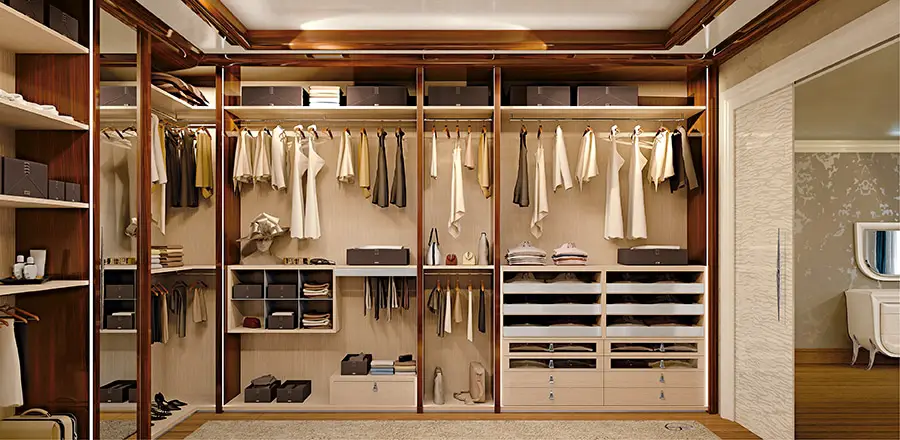
Conclusion
While both an armoire and a wardrobe serve the purpose of storing clothes and other personal items, there are several key differences between the two. Firstly, an armoire is typically a larger and more ornate piece of furniture, often featuring intricate carvings and decorative details. On the other hand, a wardrobe is usually a simpler and more functional piece, designed with a focus on practicality rather than aesthetics. Furthermore, the usage of armoires and wardrobes can vary depending on cultural and regional preferences.
In summary, the difference between an almirah armoire and a wardrobe lies in their size, design, and usage. While an armoire is typically larger and more decorative, a wardrobe is simpler and more functional. Armoires are often freestanding units with intricate details, while wardrobes are built-in or modular units that blend seamlessly into the room’s design. Ultimately, the choice between an armoire and a wardrobe depends on personal style, space availability, and the desired level of functionality and aesthetics.



